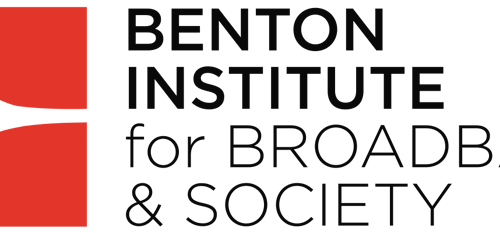Though not as essential as drinking water, I consider both electricity and Internet access to be core infrastructure, with high fixed costs and providing general purpose support for the requirements of modern life.
As the Internet expands to include networked “things” as well as people, and electric utilities pursue a future “smart grid,” the scope of these two sectors’ activity seem likely to overlap more than ever in the future. One example of this is the widespread deployment by utilities of so-called “smart meters” connected via the utility’s own (usually wireless) network. Though it’s unclear how this strategy will evolve (and, as I explain here, its most typical forms may be seriously flawed), it strikes me as a step toward creating an Internet of Things (IoT) in which utility-controlled devices provide key control functions.
This movement of electric utilities into the communication space raises some interesting questions about how all this will and should evolve. Two related issues come initially to mind.
One is the general approach we take as a society to ensure that companies operating in core infrastructure sectors serve the public interest. In the telecom and Internet space, the model that has evolved over the years is mainly one of encouraging facilities-based competition (as I discussed in an earlier post, the Lansing area [and my own household] is currently benefiting from such competition). And though the FCC recently added to this a Title II-based framework for enforcing key non-discrimination requirements, the Commission emphasized its intention to make heavy use of regulatory forbearance in achieving this policy goal. As this communication policy model has evolved at the federal level, the regulatory powers of state and local government have been steadily and considerably diminished in the telecom/Internet space.
In contrast, the locus of public interest policy enforcement in the electric power industry has remained state-level regulatory agencies. And while there has been an increase in choice and competition in the provision of centralized power generation, there is virtually no facilities-based competition in retail distribution, and considerable disagreement about how to handle distributed generation, most notably rooftop solar. Whereas the Internet has enabled its users to become producers as well as consumers of online-enabled content and services, the evolution to an “empowered prosumer” future is less clear and increasingly contentious in the electric power industry.
This ties into another issue, which relates to the control of customer premise devices and the customer-related information they collect and transmit to the utility. In a paper entitled “Getting Smarter About the Smart Grid,” Timothy Schoechle suggested the electric utility industry look to the telecom sector for guidance rather than move forward with their current “smart meter” plans.
The demarcation between monopoly utility space and customer market space was clarified over two decades ago in the case of wire-line telephone monopolies with the decisions and policy changes culminating in the divestiture of AT&T. One result was enormous…growth in new markets for premises equipment and services. The electricity grid today is facing the same demarcation inflection point as the telephone network experienced. The gateway belongs to the consumer, not to the electric utility. A demarcation and opening of the consumer premises space to market competition could unleash the creative energy of the consumer electronics industry, the home appliance industry, and others. Full two-way smart grid communication among premises-based systems, products, and services—facilitated by a consumer-controlled gateway device and already available data services (i.e., Internet and Web access via DSL, cable, fiber, etc.) —would free the smart grid from the stifling control of utilities and their proprietary meter-reading networks…
Data to be collected by the smart meters, including intimate personal details of citizens’ lives, is not necessary to the basic purpose of the smart grid—supply/demand balancing, demand response (DR), dynamic pricing, renewable integration, or local generation and storage—as promoters of the meters, and uninformed parties, routinely claim. Instead, the meter data is serving to create an extraneous market for consumer data mining and advertising (i.e., “big data” analytics).
A concern I have regarding the electric power industry’s evolution to a “smart grid” and renewable-rich, low-carbon future is whether traditional state regulatory agencies have the necessary multidisciplinary expertise, regulatory systems and broad vision to guide this evolution wisely, especially amidst signs that global warming is reaching dangerous and potentially irreversible levels faster than expected, and the fact that the smart grid represents a significant extension into the communication sector. (Note: some cities, including Lansing and East Lansing, the Quello Center’s home base, are served by municipally-owned utilities, which are typically not subject to the same level of state regulatory oversight as investor owned utilities.)
Perhaps this is an appropriate topic for study by MSU’s Institute of Public Utilities, which includes faculty from multiple colleges, including some with close ties to the Quello Center and/or the Media and Information department in MSU’s College of Communication Arts and Sciences. With so much at stake for the future of our nation’s electrical grid, the IoT, and society as a whole, it certainly seems a topic worthy of the kind of multidisciplinary analysis that IPU seems well positioned to convene, perhaps in collaboration with the communication policy-focused Quello Center.



